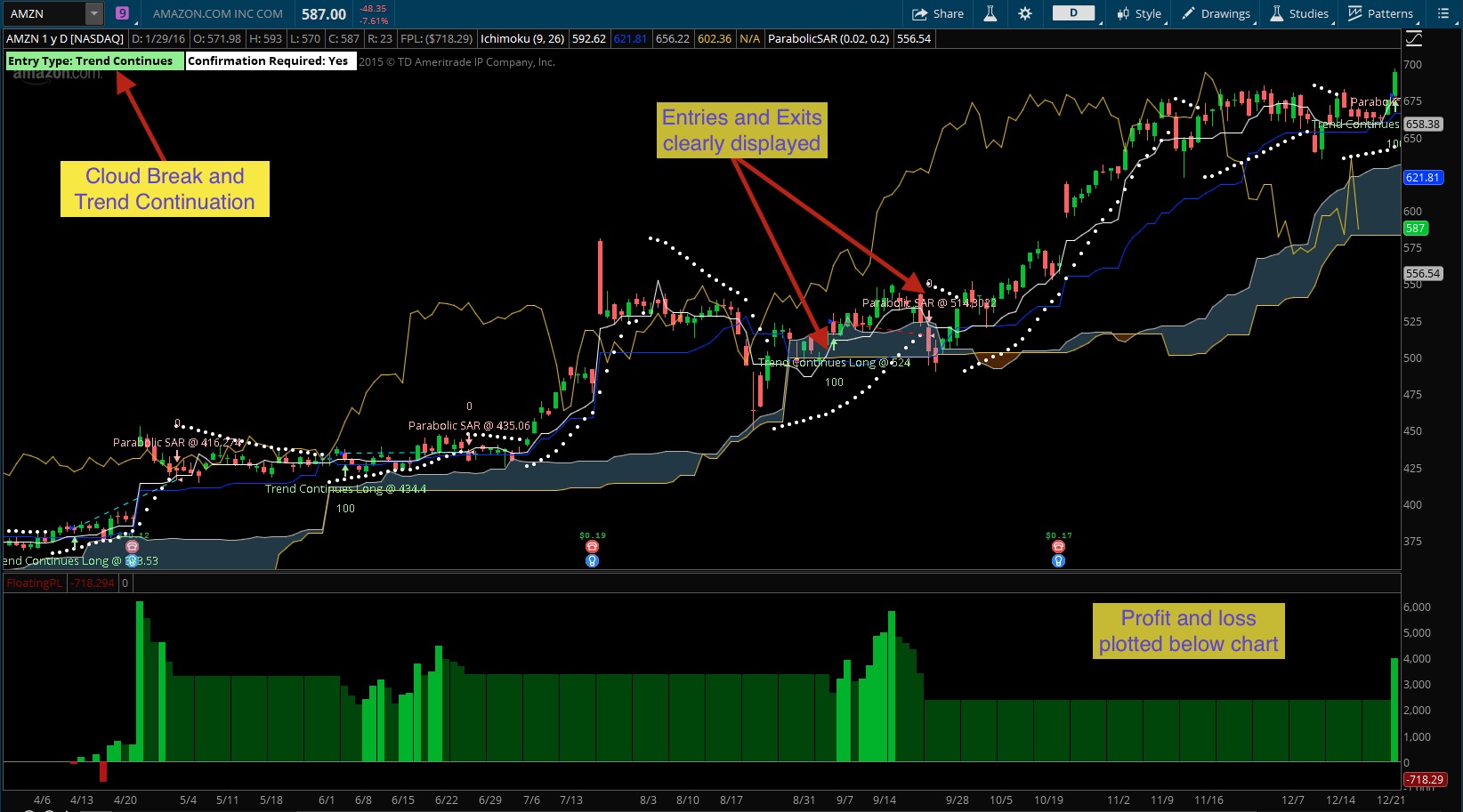- Excel / TOS RTD Support Guessing this has been asked here several times before, but I cannot seem to figure out how to get Real Time Data to stream from TOS to Excel. In Excel, I've tried going File - Options - Add-ins - COM Add-ins - GO - Add - then navigate to TOS RTDStreaming.dll file, but it tells me that it's not a valid office add-in.
- Then I use Excel SUM function to easily get total Call or Put volume in real time. My question is: it is possible to make an Excel line chart to plot the Call or Put volume change vs. Time per minute? Or use Excel dashboard to plot the real time volume change?
ThinkorSwim Live Streaming Data to Excel and Fix '#Name' Error on excel file.
as a service Monetise your repos, packages & libraries in a flash with gitstore. sign up with github sign up with email
Listen to real-time data feed from ThinkOrSwim using Node JS and Excel
Only works with Windows operating systems due to limitations with ThinkOrSwim.


Setup
- Launch ThinkOrSwim and log in.
- Open 'MarketWatch' tab and customize a data set.
- Click the tiny settings icon in the right most column then click 'Customize'.
- Click the 'Show actions menu' button (list icon) in the top right.
- Hover over 'Export' and click 'To Microsoft Excel'.
- The current watchlist, formatted for Excel, is copied to the clipboard.
- Open 'tos-rtd.xlsm' from the tos_rtd repository.
- Either paste directly into the Excel document or into 'scanner.csv' and save the file.
- The Excel script is written to 'pick up' the changes made to scanner.csv every minute.
- Using a terminal app like Command Prompt navigate to the tos_rtd directory and run 'node listen.js'.
Once a watchlist has been configured, only step #1, #5, and #7 are needed. To edit a watchlist, all steps are required.
How it works
Excel acts as a middle man between ThinkOrSwim and Node JS by importing data from TOS and exporting for use with Node.

- ThinkOrSwim creates a new RTD server instance for use with RTD client applications like Microsoft Excel.
- Once the RTD connection has been established, an Excel script (VBA) runs in the background to listen for changes to the Excel document.
- If a change is detected, that row of data is exported to a file in the tos_rtd directory in a querystring format:

- The Node JS script 'listen.js' uses a built-in function to listen for changes in the 'data-stream' directory and parses the contents of the changed file.
Ubuntu's Apache2 default configuration is different from the upstream default configuration, and split into several files optimized for interaction with Ubuntu tools. The configuration system is fully documented in /usr/share/doc/apache2/README.Debian.gz. Refer to this for the full documentation. Documentation for the web server itself can be found by accessing the manual if the apache2-doc package was installed on this server.
The configuration layout for an Apache2 web server installation on Ubuntu systems is as follows:
Thinkorswim Rtd Excellent

Thinkorswim Rtd Excel Software
- apache2.conf is the main configuration file. It puts the pieces together by including all remaining configuration files when starting up the web server.
- ports.conf is always included from the main configuration file. It is used to determine the listening ports for incoming connections, and this file can be customized anytime.
- Configuration files in the mods-enabled/, conf-enabled/ and sites-enabled/ directories contain particular configuration snippets which manage modules, global configuration fragments, or virtual host configurations, respectively.
- They are activated by symlinking available configuration files from their respective *-available/ counterparts. These should be managed by using our helpers a2enmod, a2dismod, a2ensite, a2dissite, and a2enconf, a2disconf . See their respective man pages for detailed information.
- The binary is called apache2. Due to the use of environment variables, in the default configuration, apache2 needs to be started/stopped with /etc/init.d/apache2 or apache2ctl. Calling /usr/bin/apache2 directly will not work with the default configuration.